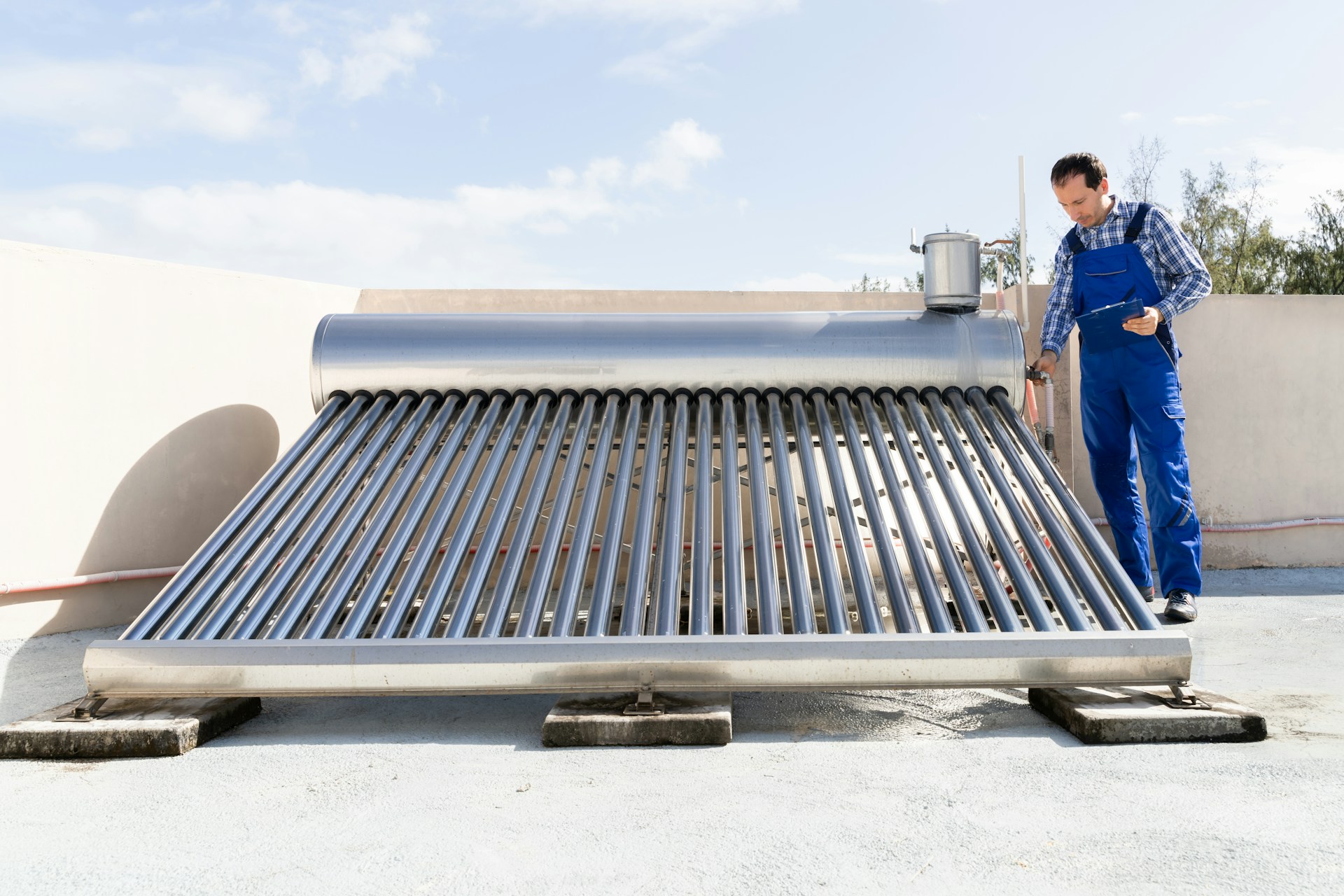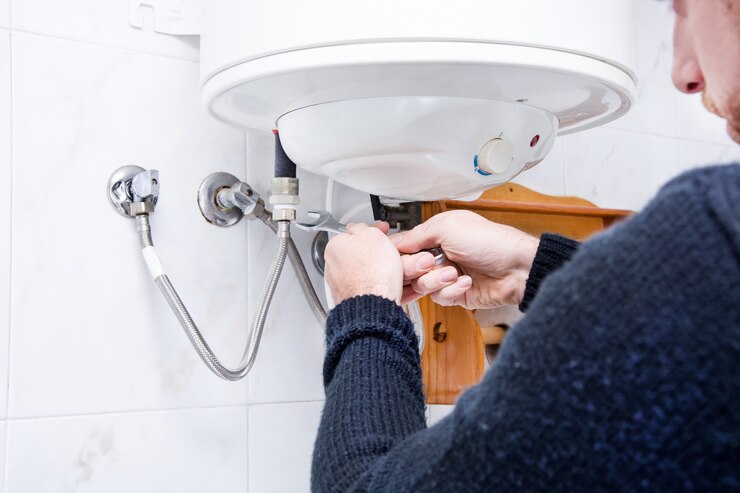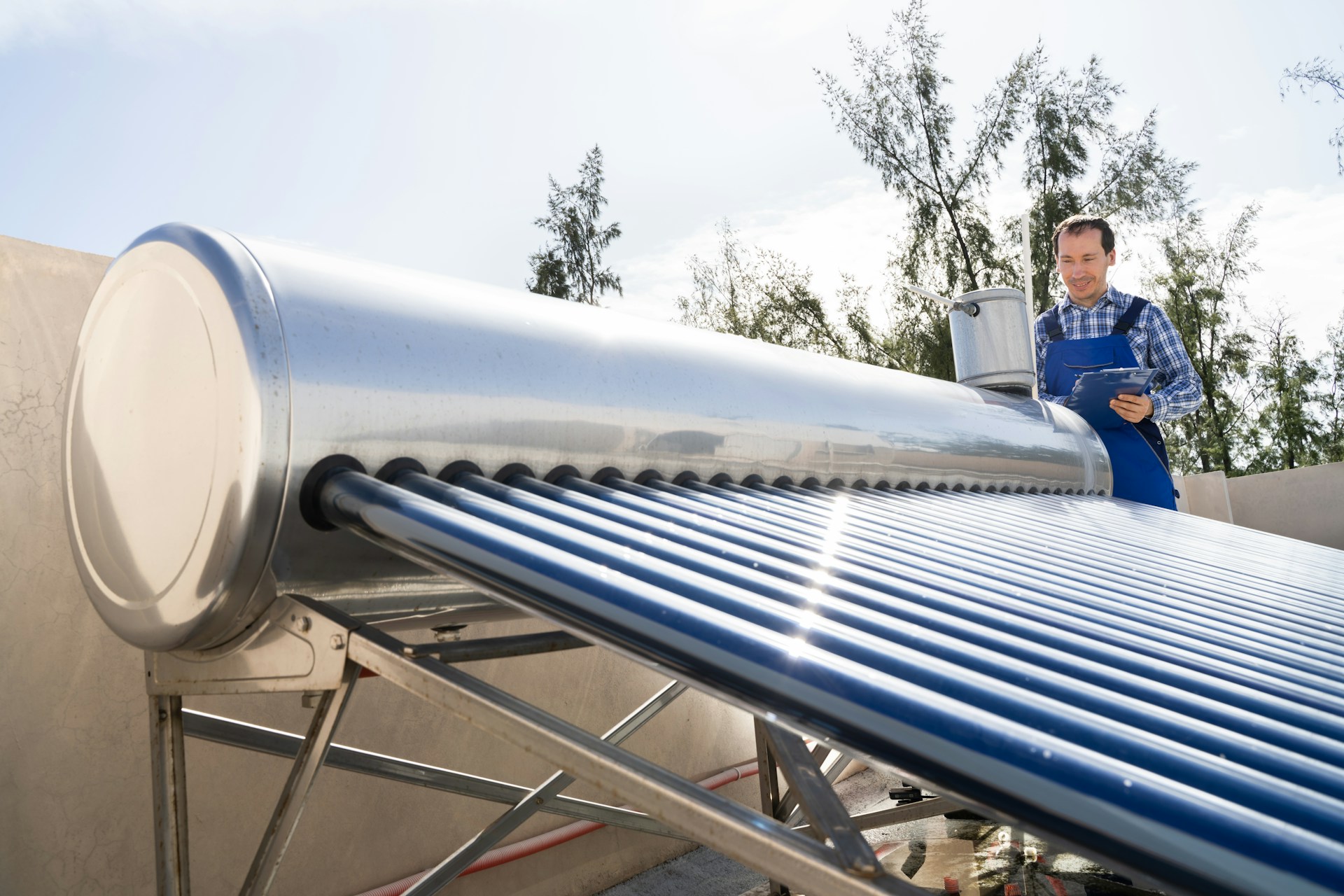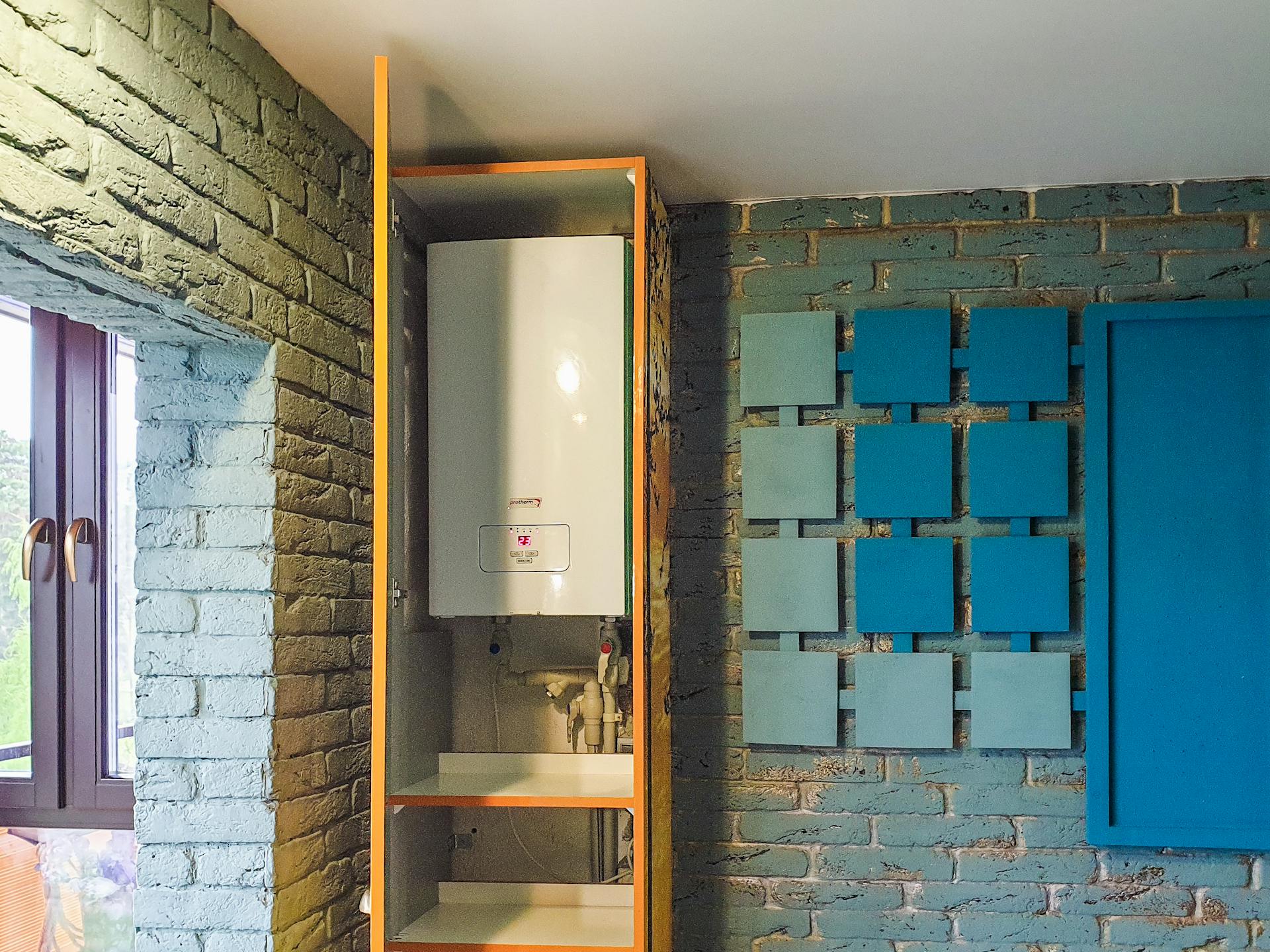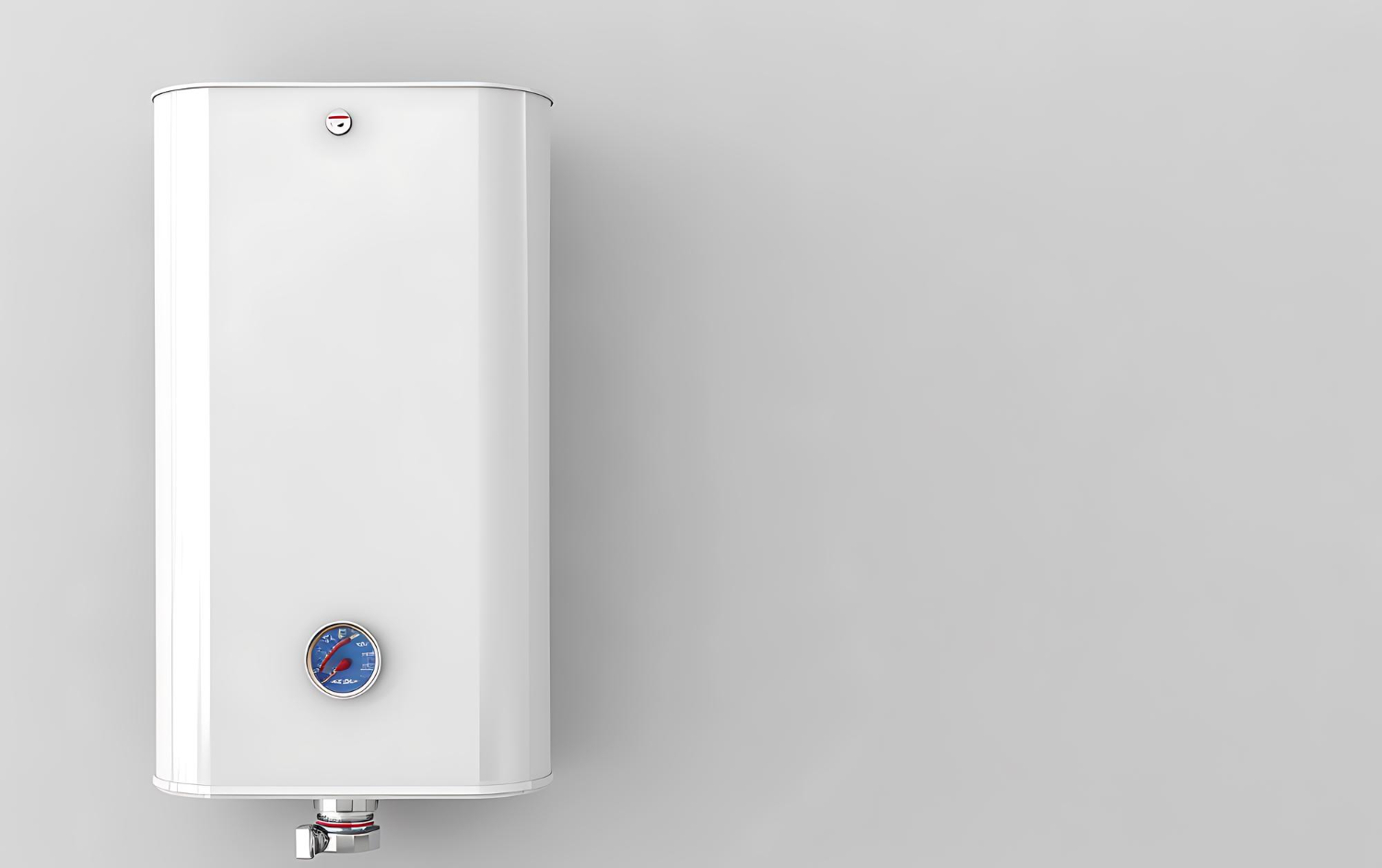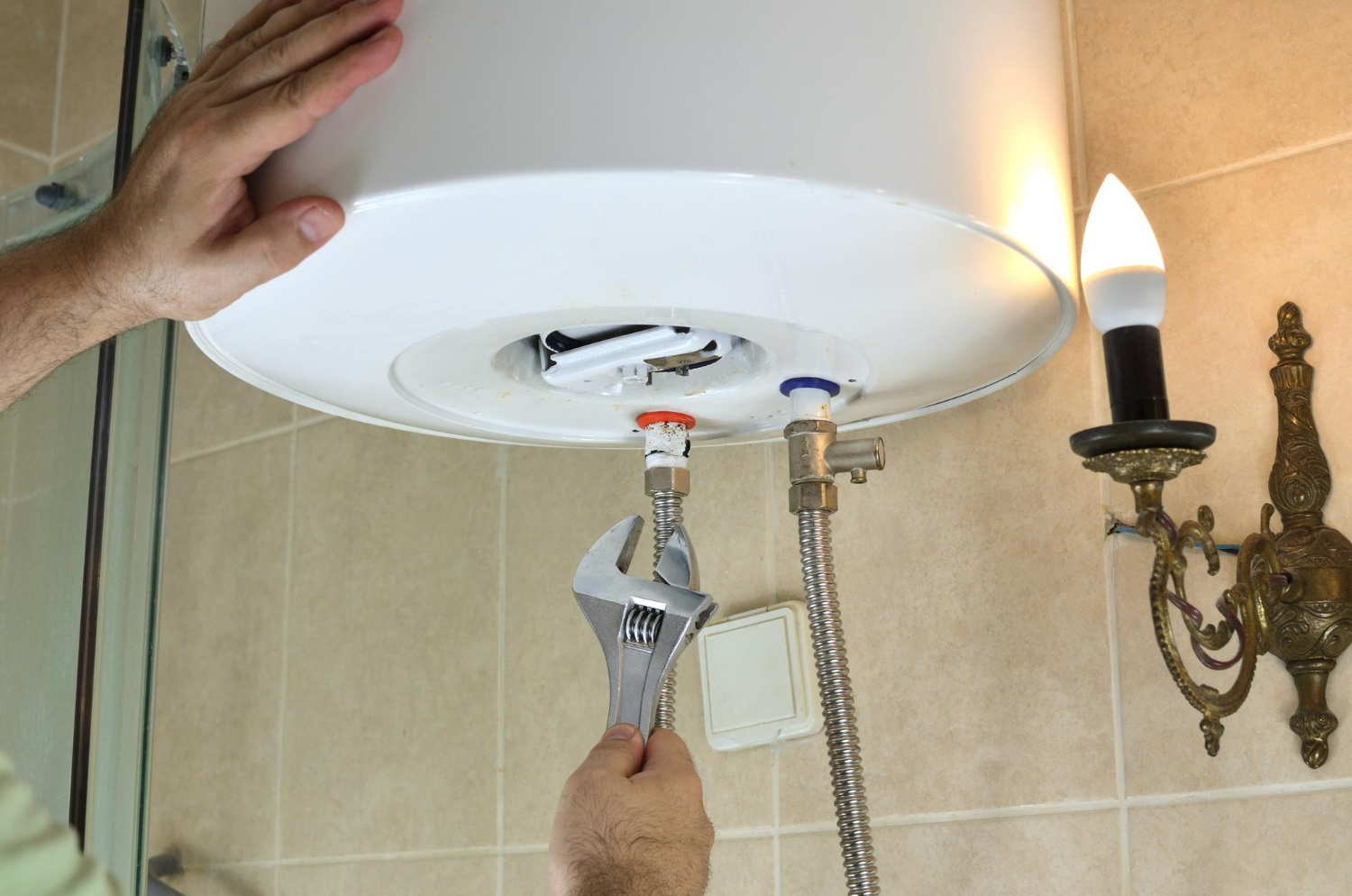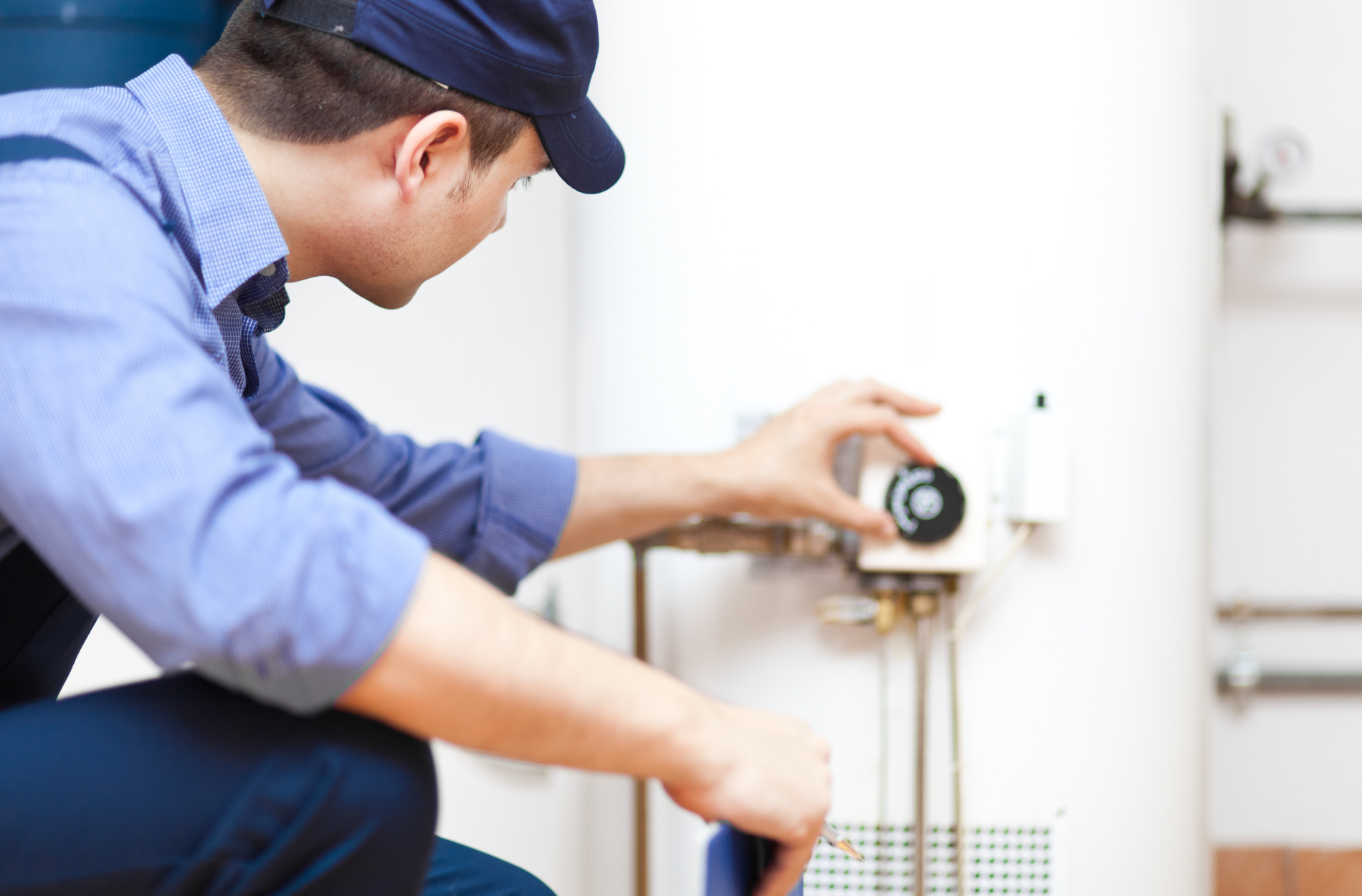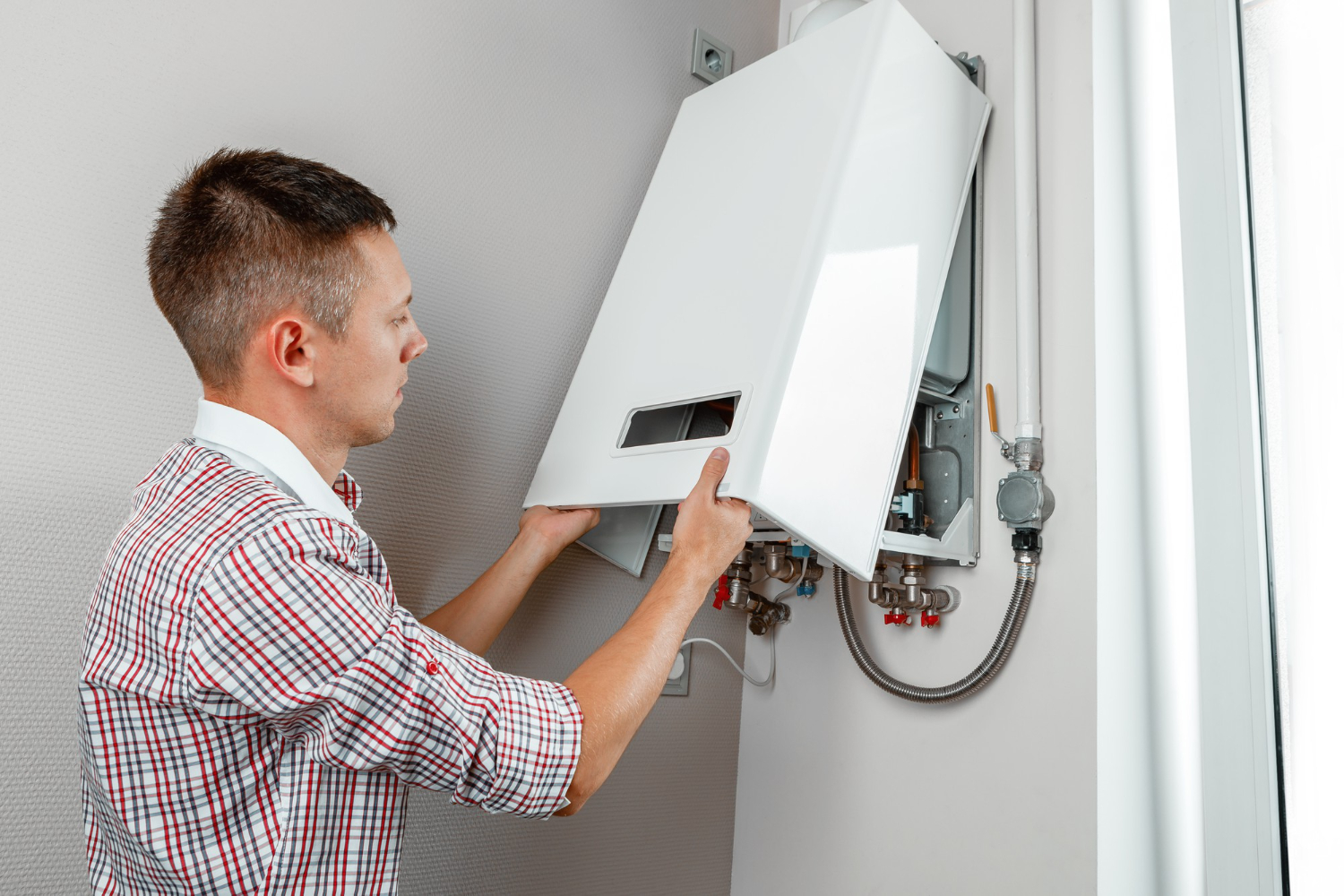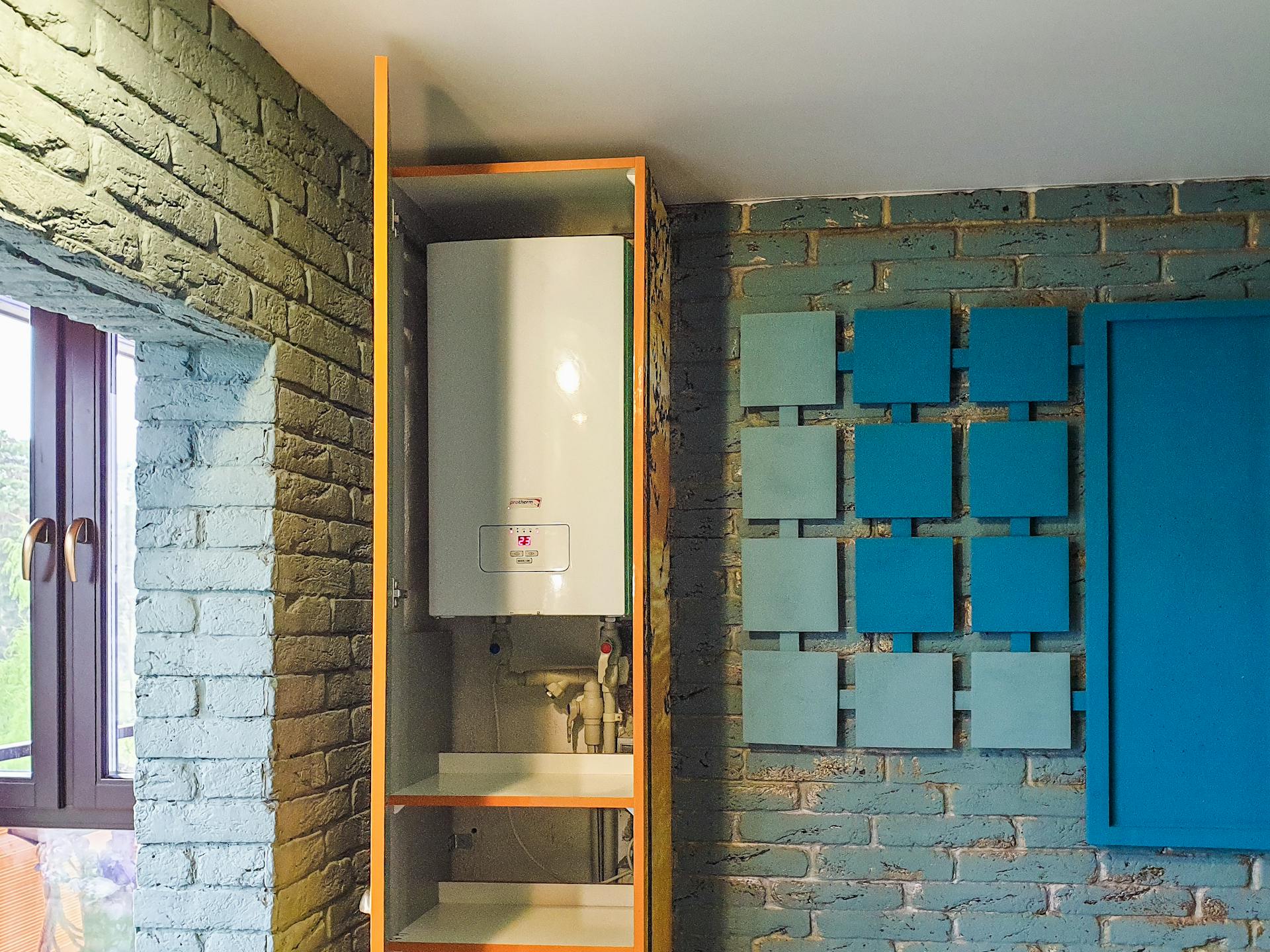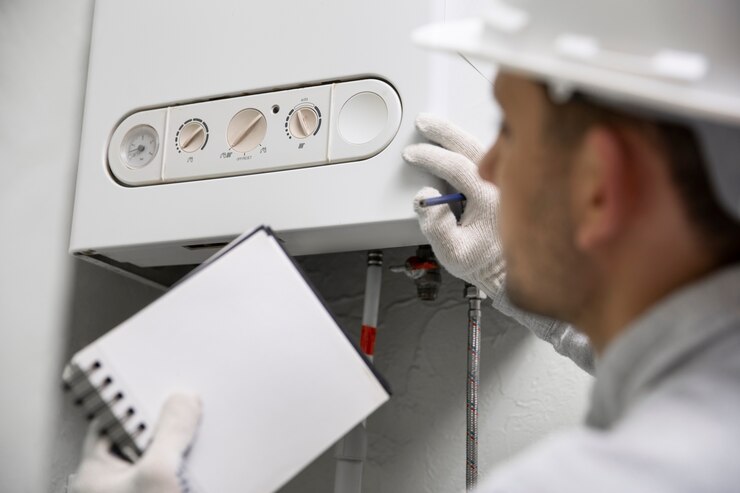Choosing the right water heater ensures your home’s steady hot water supply. The main types are tanked and tankless, offering unique benefits tailored to different needs. Whether you’re considering efficiency, space, or budget, understanding these options will help you make an informed decision.
From ensuring enough hot water for a bustling family home to reducing energy use in a smaller space, each type of heater has features to meet your specific needs. Comparing tanked and tankless water heaters helps you decide which will best serve your home’s requirements and your wallet.
Understanding Tanked and Tankless Water Heaters
Tanked water heaters, also known as storage heaters, use a large tank to store a specific amount of hot water ready for use at any time. When you turn on the tap, these units constantly hold and heat water, ensuring readily available hot water. On the other hand, tankless water heaters, also known as on-demand or instant heaters, heat water only when you need it. This means they don’t store water, hence no standby heat loss.
The main difference between these systems lies in their design and operation. A tanked water heater maintains a reservoir of heated water, using energy continuously to keep the water hot. Meanwhile, tankless water heaters use heating elements to heat water as it flows through the unit instantly. This method can be more energy-efficient because it avoids the constant energy use associated with keeping stored water hot.
Regarding hot water delivery, tanked water heaters provide a limited supply due to their fixed storage capacity. Once the hot water is depleted, there’s a wait for it to reheat. Conversely, tankless models provide continuous hot water since they heat water on the go. This means no waiting for a tank to refill, making them ideal for families with varied usage patterns or those who want consistent access to hot water without limits.
Advantages of Tanked Water Heaters
Tanked water heaters offer several advantages, making them a popular choice for many homeowners. One of the primary benefits is their lower initial cost compared to tankless models. This affordability makes them accessible for many households. Additionally, their installation process is usually simpler and less demanding, especially in homes with existing tanked system setups.
Another advantage is that certain tanked water heaters, depending on the fuel source, can operate during power outages. For instance, gas-powered tanked systems provide hot water even when electricity is down, offering a sense of reliability during emergencies.
Tanked heaters are particularly suitable for homes with a high demand for hot water. They can provide a consistent supply, which is beneficial during peak usage times. In larger households with simultaneous water needs, tanked systems help ensure that showers, laundry, and dishwashing can occur without interruption.
Overall, tanked water heaters suit homes where the convenience of always having a ready supply of hot water at a lower upfront cost is a priority. With their straightforward operation and ability to meet large volume demands, they remain a practical choice for many.
Advantages of Tankless Water Heaters
Tankless water heaters are known for their efficiency, significantly benefiting energy savings. Since they heat water only when needed, they use less energy overall than constantly keeping a tank of water hot. This on-demand method can lower monthly utility bills, making them an attractive option for energy-conscious homeowners.
Another major advantage is their compact size. Without a bulky tank, tankless models can be installed in smaller spaces, freeing up valuable room that a conventional tank would occupy. This makes them ideal for smaller homes or apartments where space is at a premium. They can also be mounted on a wall, contributing to space savings.
Environmentally speaking, tankless heaters consume less fuel over their lifespan due to reduced energy waste. This makes them a greener choice, appealing to those looking to lessen their environmental footprint. They also offer the benefit of providing an endless hot water supply, which is perfect for households with high demands at varying times of the day. With the right size and capacity, tankless systems can ensure that no one has to take a cold shower, even if multiple appliances run simultaneously.
Key Considerations for Choosing Between the Two
Several factors come into play when deciding whether a tanked or tankless water heater is the best fit for your home. It’s crucial to consider the size of your household and its hot water needs. Larger families might benefit more from tanked models because they can store and quickly supply large volumes of water. Meanwhile, smaller households or those with staggered water use might find tankless heaters more advantageous due to their efficient heating.
Energy efficiency is another important consideration. While tankless models are more efficient and save energy over time, their higher upfront costs can be a limiting factor. A thorough budget evaluation will help determine which system best suits your financial situation.
Maintenance requirements are also worth noting. Tanked water heaters are generally simpler to maintain but may require more frequent attention, such as flushing to remove sediment buildup. On the other hand, while tankless units often have fewer maintenance needs, their more complex systems might require professional services to ensure proper function.
Ultimately, lifespan expectations can affect your decision. Tankless heaters often last longer than their tanked counterparts, providing a longer-term investment if initial costs and installation are viable. Weighing these factors will guide you in making the best choice for your household’s specific needs and circumstances.
Conclusion
Understanding the unique features of tanked and tankless water heaters can help you make a smart and tailored choice for your home. Each type offers distinct advantages that can enhance the comfort and efficiency of your household’s hot water supply. Whether you favor the tried-and-true reliability of tanked heaters or the modern efficiency of tankless systems, consider each aspect carefully to make an informed decision.
Tanked water heaters provide a straightforward solution with options for scalable capacity. This is ideal for homes where large amounts of simultaneous water use are common. Such systems offer stability at a lower entry price, balancing cost with consistent hot water availability. On the other hand, tankless water heaters shine with their energy efficiency and endless hot water flow, maximizing convenience for active households.
At My Jockey, we understand that every home has unique needs. Whether you are installing a new system or replacing an old one, our expert team is here to help you find the perfect tankless water heater service. Contact us today to learn more about how we can help you get the most out of your home’s hot water system.

